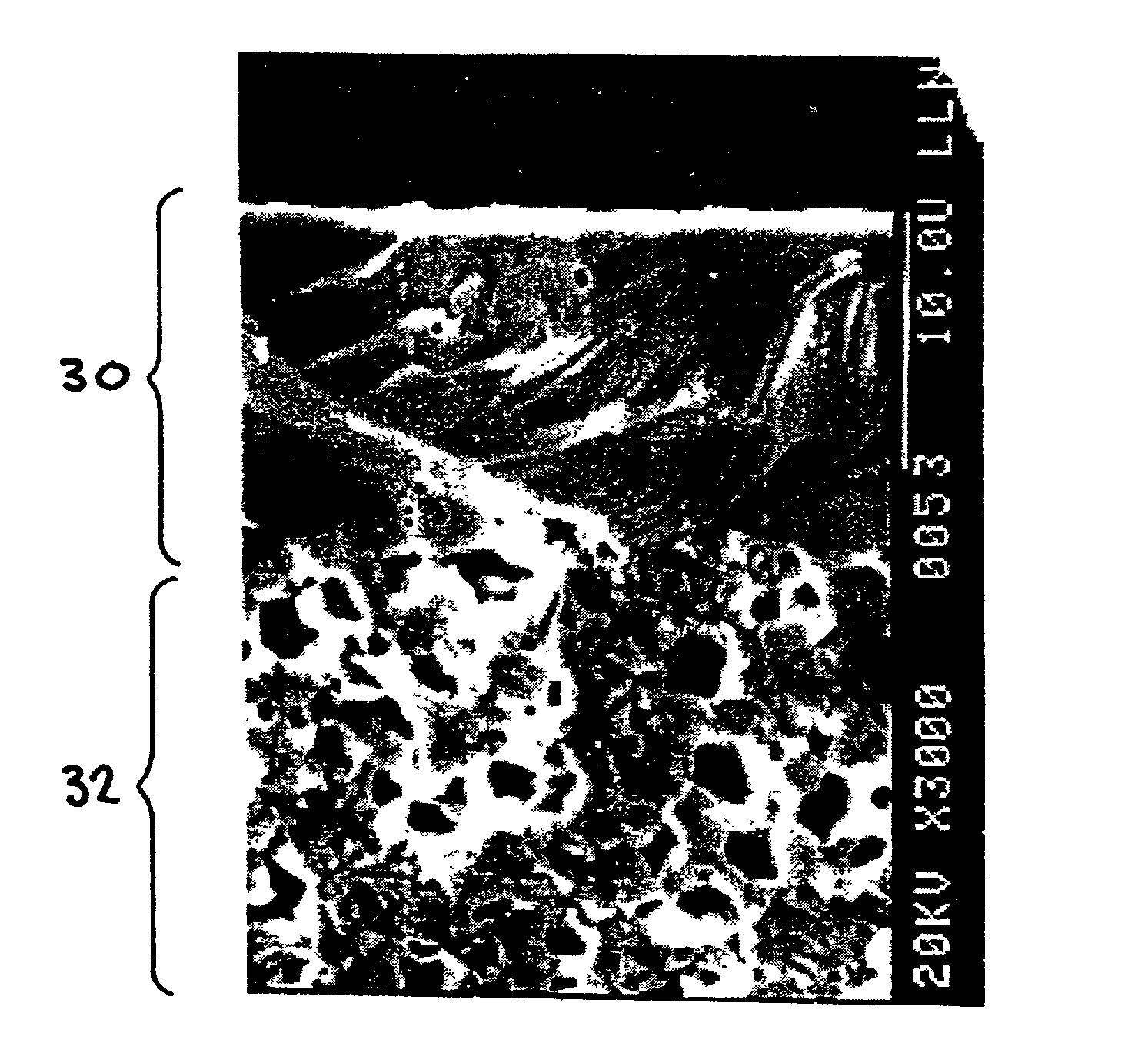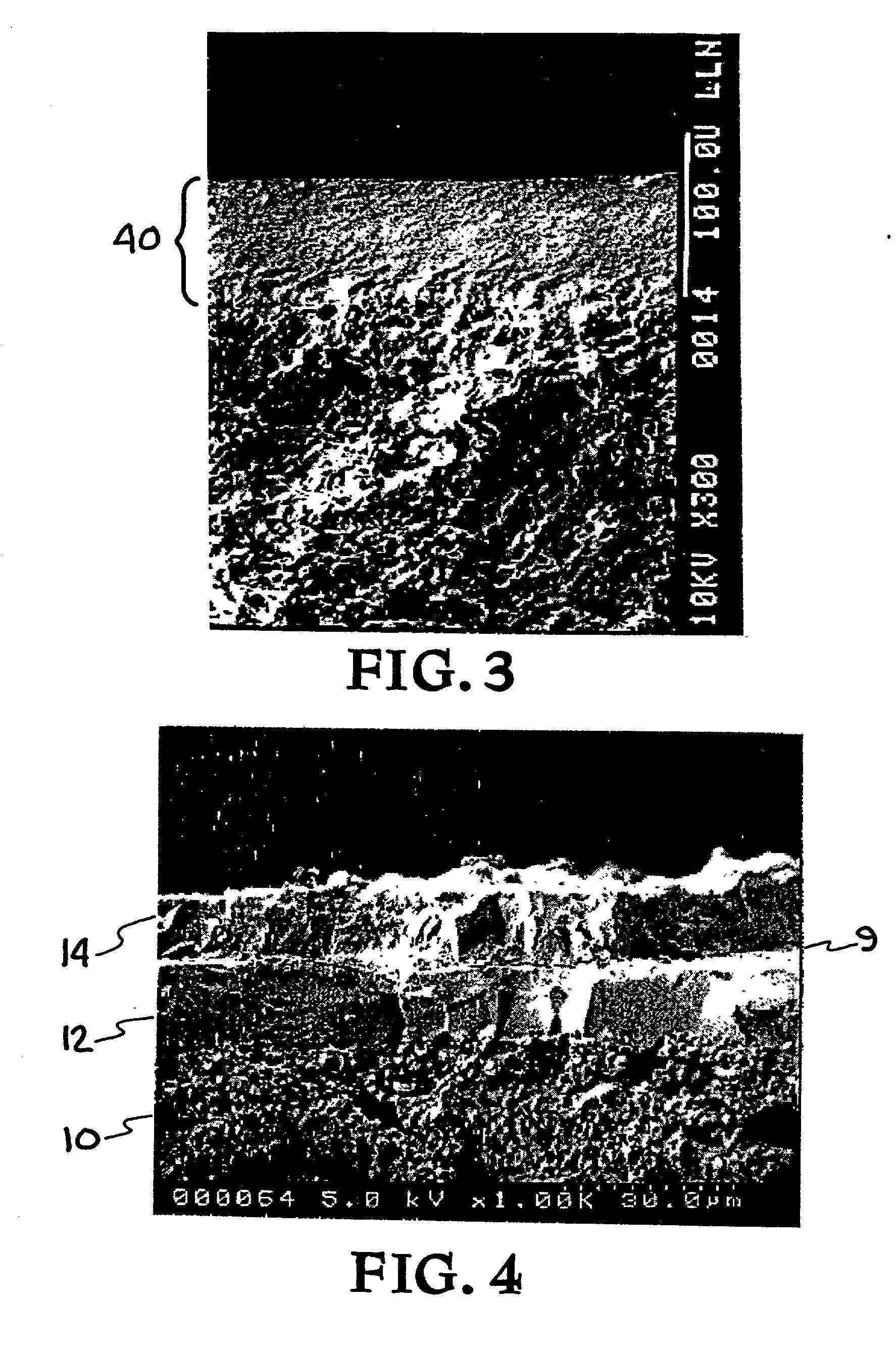Colloidal spray method for low cost thin coating deposition
a coating and low-cost technology, applied in the field of coating deposition method, can solve the problems of high cost of capital equipment, high cost of vacuum pumping equipment, and inability to economically support high-volume applications
- Summary
- Abstract
- Description
- Claims
- Application Information
AI Technical Summary
Benefits of technology
Problems solved by technology
Method used
Image
Examples
Embodiment Construction
[0001] This application claims priority in provisional application filed on Dec. 23, 1998, entitled "Colloidal Spray Method For Low Cost Thin Film Deposition," Ser. No. 60 / 113,268, by inventors Ai-Quoc Pham, Tae Lee, Robert S. Glass.
[0002] This application is a division of application Ser. No. 09 / 293,446 filed Apr. 16, 1999 entitled "Colloidal Spray Method for Low Cost Thin Coating Deposition".
[0004] 1. Field of the Invention
[0005] The present invention relates to a coating deposition method based upon colloidal processing technology.
[0006] 2. Description of Related Art
[0007] A coating layer on a substrate, such as a ceramic film (i.e., coating) deposited on a metal or oxide substrate, can be obtained by several methods. Generally such films can be deposited using methods either requiring or not requiring vacuum technology.
[0008] Contemporary vacuum deposition techniques can be grouped into two categories: physical vapor deposition (such as sputtering, laser ablation, etc.) and chem...
PUM
| Property | Measurement | Unit |
|---|---|---|
| atomic number | aaaaa | aaaaa |
| atomic number | aaaaa | aaaaa |
| atomic number | aaaaa | aaaaa |
Abstract
Description
Claims
Application Information
 Login to View More
Login to View More - R&D
- Intellectual Property
- Life Sciences
- Materials
- Tech Scout
- Unparalleled Data Quality
- Higher Quality Content
- 60% Fewer Hallucinations
Browse by: Latest US Patents, China's latest patents, Technical Efficacy Thesaurus, Application Domain, Technology Topic, Popular Technical Reports.
© 2025 PatSnap. All rights reserved.Legal|Privacy policy|Modern Slavery Act Transparency Statement|Sitemap|About US| Contact US: help@patsnap.com



